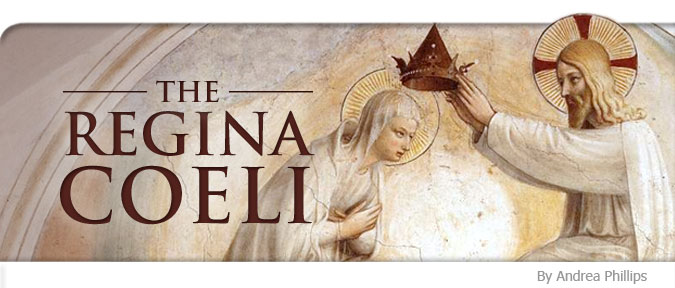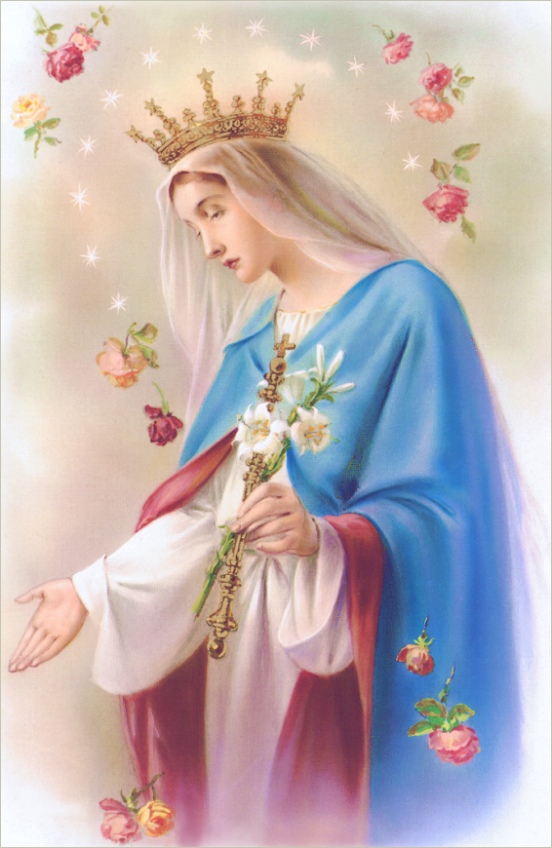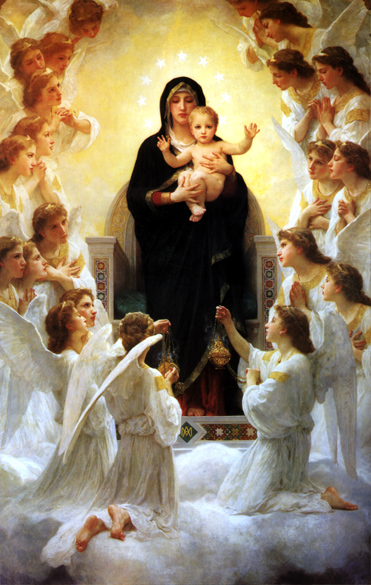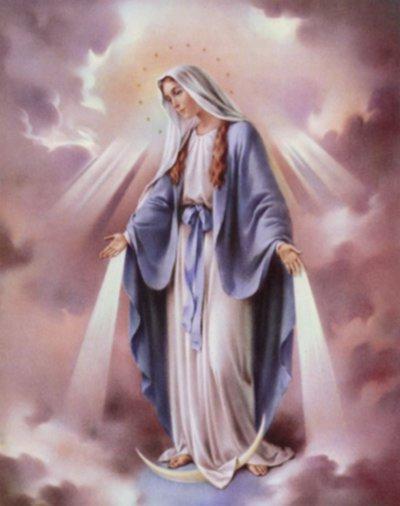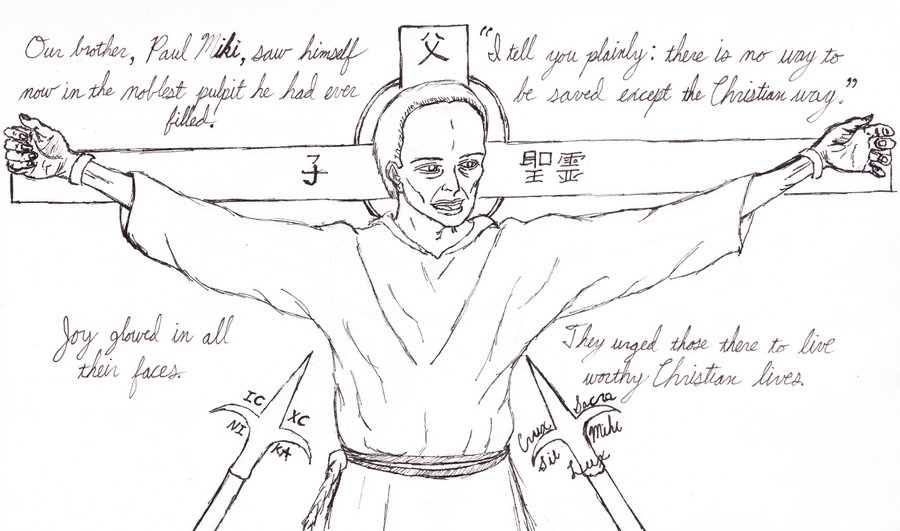Phil 2:12
-by Patricia May, Arkansas Catholic, 3/26/11
“Many Catholics, especially those living in the South, have heard the question posed by Protestants. Unprepared by the Church to properly answer, they often shrug off the question or walk away.
But Catholics should not only respond, they ought to engage their questioners in discussion. That’s the position of Dr. C. Colt Anderson, dean of Washington Theological Union in Washington, D.C., and the featured speaker March 10 at St. Thomas Aquinas University Parish’s third annual theology lecture.
Originally from Georgia, Anderson said he’s faced the question. He asked the audience of mostly college students to answer, “Are you saved?” “Working on it,” responded one listener. A pretty good answer, Anderson acknowledged. Better, he said, is the response: “I hope so.”
Catholic doctrine supplies the proper foundation for response, Anderson said, and Catholics should be confident answering. “We can say we have hope, strong hope (that we’re saved), but we can’t know for sure.”
To believe one is saved is to risk a potentially dangerous smugness. “If we knew for sure (that we’re saved), it could lead to spiritual self-satisfaction … the equivalent of spiritual death,” Anderson explained. That’s because God expects us to continually grow. “We’re called to grow into being like Christ.”
He continued, “Ask yourself: Am I more faithful now than I was a year ago? Do I have more hope? Am I more loving now than I was?” Catholics must constantly be increasing in faith, hope and love, Anderson said.
“It’s not enough to think kind thoughts about hungry people. We must do something for them,” he explained.
Anderson cited references from the Council of Trent, the Catholic Church’s response to the Protestant Reformation, in his explanations. “Why don’t we make the effort to engage people about what we consider (to be) important?” He challenged listeners that, if they really believe in the possibility of eternal damnation as well as Christ’s admonition to love your neighbor, “You can’t just walk away from the question.”
To show they really care, Catholics “should try to help them.” They should explain that each person is given a gift of grace from God along with the freedom to accept it (and to love and grow in that grace), or to reject it. But, “How often do we fail to share our faith?”
And what about loving all people?
“We have to love the worst people. … We should love racists … violent people … greedy people because Christ came and loved all of us,” Anderson continued.
Just as individuals have different talents and gifts, so may the graces they receive differ, Anderson said. As an example, he noted that St. Francis of Assisi called himself the worst sinner in the world. A follower disagreed, pointing out the good Francis had done. The Italian saint demurred, saying that if the worst sinner got the grace I’ve got, he would have done a better job with it.
“Good things come from God. Sins are ours, but we don’t want to give them up,” Anderson continued.
Faith alone is not enough to save us, Anderson said. The gifts of faith, hope and love reflect the triad of the Trinity, he said, and “The Scriptures are on our side.” St. James said “Faith without works is dead.”
Asked for his thoughts on purgatory, Anderson said he doesn’t know what purgatory is, but it may be a place where “unfinished business has to be dealt with.” Sins are forgiven but there may still be lasting damage from those sins that must be addressed.
“You’re given absolution from your sins but you’ve done damage. … Some effort has to be made … Unfinished business has to be dealt with before you get into heaven,” he said.
Traditionally, Catholics have been taught to pray for the dead in purgatory — until now. “We haven’t taught this generation to pray for us,” he said.
But, Anderson said he’ll pray for people he thinks may be in purgatory. After all, “It doesn’t do any harm to pray.”

-Michaelangelo’s “Last Judgment”, Sistine Chapel
Love,
Matthew


